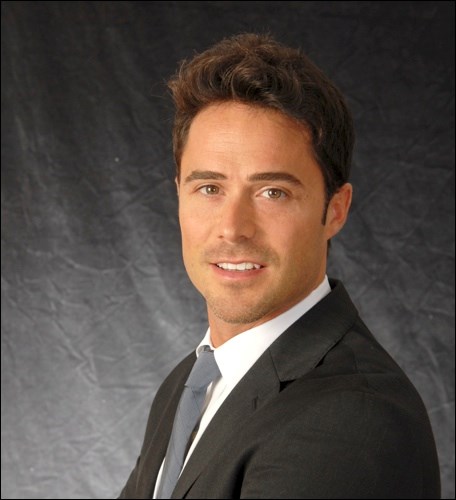There is growing sentiment that the quantitative easing bubble (QE) has burst and negative interest rate policies (NIRP) are failing. But could the world’s central banks attempt even more radical policies? Could they conceivably just give you the money directly?
These are questions we now regularly hear from clients. All of which leads us to the concept of “helicopter money” (HM), and a number of respected academics are pushing the idea. The phrase was coined by economist Milton Friedman in his 1969 paper “The Optimum Quantity of Money” in which he proposed a thought experiment in which a helicopter drops $1,000 bills over a community, increasing money supply to stimulate spending by direct injection, so to speak. The basic argument today is that central banks should similarly provide money to the public with no expectation that those funds will be repaid – in other words, induce a permanent, money-financed fiscal expansion.
HM could take several forms. The simplest would be for central banks to deposit cash directly into household bank accounts. This would be similar to a tax cut, except that there is no deterioration in the government’s fiscal position, because the operation would be funded by the creation of new money. Alternatively, the central bank could directly fund infrastructure and public works spending. For example, the government could use money provided freely by the central bank to invest in highways, bridges, etc. It would fund itself by selling bonds (which never have to be repaid).
The supporters of helicopter money claim it would be more effective than QE because money would be immediately directed into the real economy. In contrast, existing QE works only through indirect channels, by raising assets prices and lowering interest rates. So HM could be less dangerous for financial stability because it would not inflate asset-price bubbles. HM could even fight inequality, whereas QE mainly helps the wealthy. Given the right platform for helicopter money, the public would likely enthusiastically embrace the concept.
Investment implications
Money managers are now in a period where they cannot ignore central bank policy.
To be sure, helicopter money is grubby policy, and money-financed fiscal expansions carry a stigma, often associated with the Weimar hyperinflation of the early 1920s (Japan also tried it during the 1930s). Regardless, helicopter money is gaining support. But first, a renewed global recession or major market decline would need to occur to justify such extreme policy.
Once HM is initiated, our global outlook could change dramatically – moving from a “muddle through” to a “temporary global boom” scenario. Client portfolios would be shifted to a “risk-on” stance with inflationary hedges and a hard asset bias. We will be closely monitoring developments.
Courtesy Fundata Canada Inc. © 2016. Tyler Mordy, CFA, is President and CIO of Forstrong Global Asset Management Inc. Securities mentioned are not guaranteed and carry risk of loss. This article is not intended as personalized investment advice.


.jpg;w=120;h=80;mode=crop)

